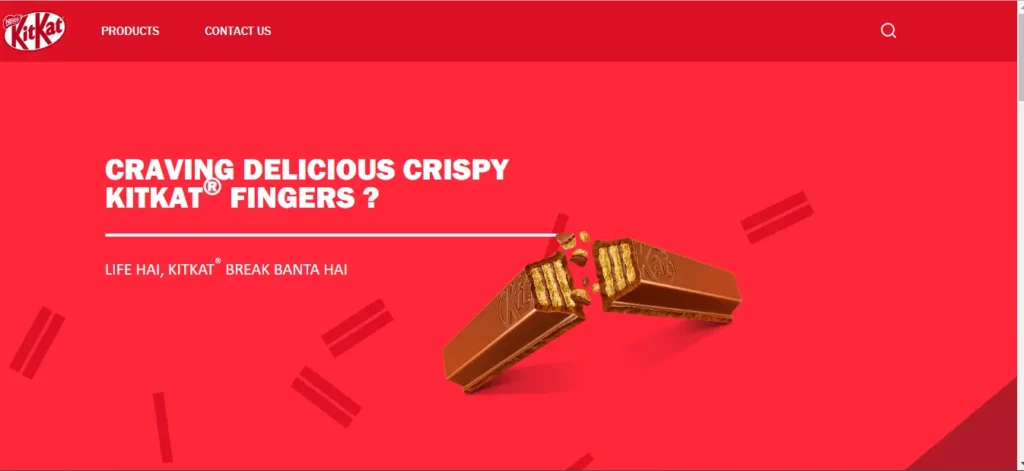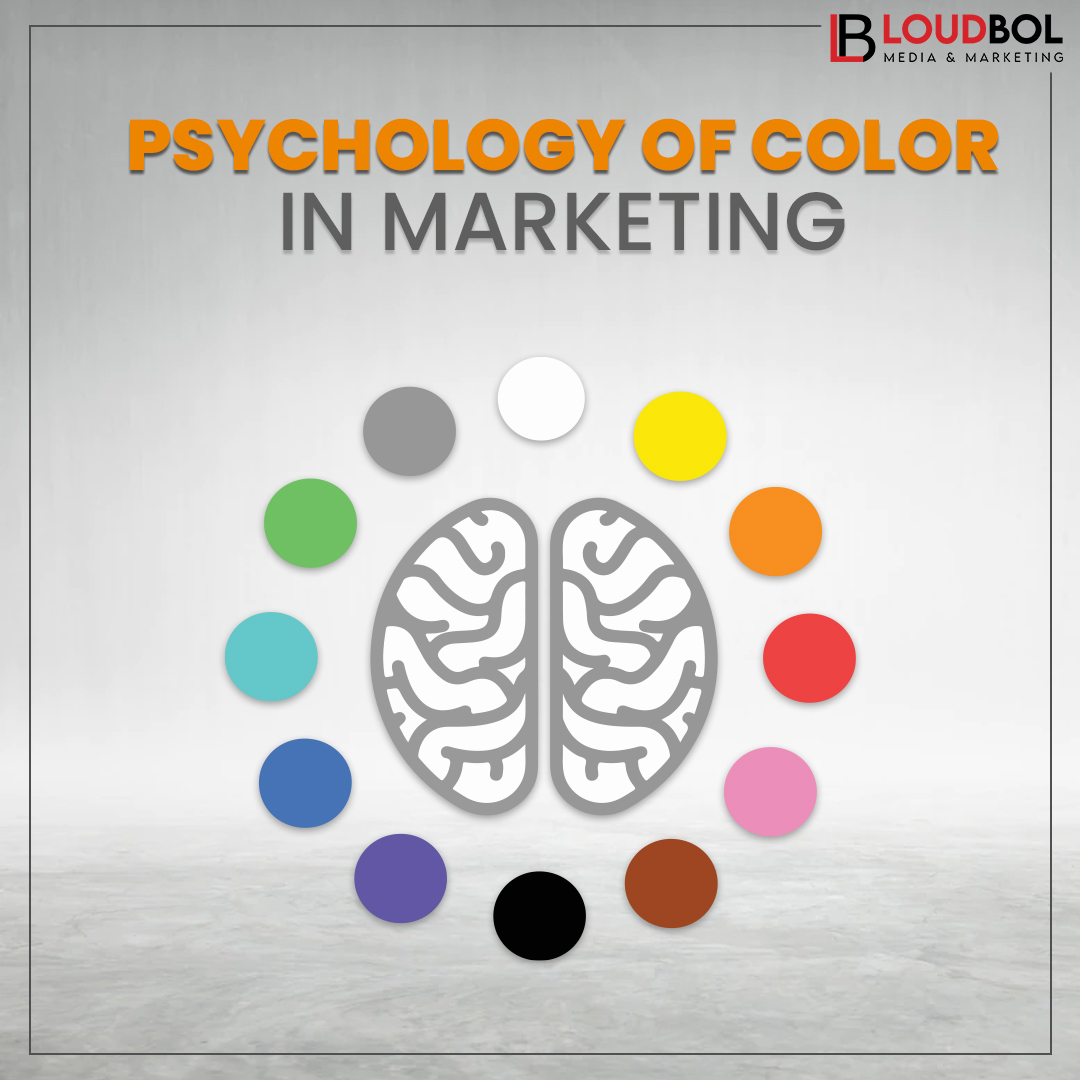Color psychology is the study of how colors affect human behavior and mood. It is a relatively new field of study, but it has already been shown that colors can significantly impact our thoughts, feelings, and actions.

Different colors are associated with other emotions and ideas. For example, red is often associated with excitement, passion, and danger, while blue is associated with calmness, peace, and trust. These associations are common, however. They can vary depending on culture, personal experience, and other factors.
What is color psychology?
Color psychology employs in various settings, including marketing, design, and therapy. Marketers use color psychology to influence consumer behavior. For example, fast-food restaurants often use bright colors like red and yellow to create a sense of excitement and urgency. Designers use color psychology to create a certain mood or atmosphere. For example, a hospital might use calming colors like blue and green to create a sense of peace and relaxation. Finally, therapists use color psychology to help clients explore their emotions and make positive changes in their lives.
Here is a brief overview of some of the most common associations with different colors:
Red: Passion, excitement, danger, love
Orange: Energy, creativity, warmth, enthusiasm
Yellow: Happiness, optimism, creativity, energy
Green: Growth, nature, peace, harmony
Blue: Calmness, peace, trust, security
Purple: Luxury, mystery, wisdom, spirituality
Pink: Love, romance, femininity, gentleness
Brown: Earthiness, stability, reliability, comfort
Black: Power, sophistication, elegance, mystery
White: Purity, innocence, cleanliness, simplicity
It is important to note that these are just general associations. How color affects you depends on your experiences, cultural background, and other factors.
Importance of Psychology of Colors in Marketing
As said earlier, colors can be a powerful tool in marketing, as the psychology of colors explains that specific colors can trigger certain emotions and moods in people.
Research on the effect of color on marketing exposed that about 62‐90% of snap judgments about a product are based on colors alone. In marketing and branding, we depend on color psychology to create the right impression, evoke emotions, and inspire users to consider engaging with a brand.
Brand identity: Colors can be used to create a brand identity that resonates with the target audience. For example, yellow is associated with warmth and empathy, which can be used to create a friendly and approachable brand.
Product packaging: Colors can influence buying decisions by triggering emotions that align with the product. For example, red is used for excitement and passion, which promotes products meant to evoke those emotions.
Call-to-action buttons: Colors can draw attention to call-to-action buttons on websites or in advertisements. For example, red is frequently used for “buy now” buttons because the color conveys a sense of urgency.
Website design: Colors employ to create a website design that aligns with the brand identity and creates a positive user experience. For example, blue is associated with trust and security, which create a website that feels safe and reliable.
Advertising campaigns: Colors can be used to create advertising campaigns that evoke emotions and resonate with the target audience. For example, green represents nature and harmony, which promotes eco-friendly products or services.
It’s important to note that color psychology is not an exact science, as personal experiences can influence how people react to different colors. However, by understanding the basics of color psychology and using it strategically, marketers can create effective campaigns that resonate with their target audience.
Here are some examples of how you can use color psychology in marketing:
Red: Red is a color that is associated with excitement, passion, and urgency. It can be used to create a sense of urgency or to grab attention.

For example, fast-food restaurants often use red in their branding and marketing materials to create excitement and encourage people to eat quickly.
Orange: It is associated with creativity, energy, and warmth. It creates a sense of excitement or makes a product or service seem more approachable. For example, many tech companies use orange in their branding and marketing materials to create a sense of creativity and energy.
Yellow: Yellow is associated with happiness, optimism, and creativity. It can create a sense of fun or make a product or service seem more inviting.

For example, many products use yellow in their branding and marketing materials to create a sense of fun and excitement.
Green: Green color is associated with nature, growth, and health. It can create a sense of calmness or make a product or service seem more environmentally friendly.
For example, many organic food companies use green branding and marketing materials to create a sense of health and wellness.

Blue: Blue is a color that is associated with calmness, peace, and trust. It can create a sense of relaxation or make a product or service seem more reliable.
For example, many banks and financial institutions use blue in their branding and marketing materials to create a sense of trust and security.

Final Thoughts
In conclusion, understanding the psychology of colors is crucial for marketers to create effective campaigns that resonate with their target audience. Colors make a brand identity, influence buying decisions, draw attention to call-to-action buttons, and create a positive user experience. In addition, it evokes emotions that align with the product or service promoted.
Colors psychology is the cherry on the cake to make a product genuinely shine and delight users.
While color psychology is not an exact science, marketers can use it strategically to create campaigns that provoke certain emotions and motivate customers to purchase. As a result, businesses can boost their sales and improve consumer behavior by deploying the right colors in their marketing strategy.




where can i buy delta 8 near me
Saved as a favorite, I really like your blog!
We appreciate your support!
I ‘d mention that most of us visitors are endowed to exist in a fabulous place with very many wonderful individuals with very helpful things.
delta 8 third party tested
Glad to be one of several visitants on this awful website : D.
why do you think that the website is awful?
I was suggested this website by means of my cousin. I am no longer sure whether or not this publish is written by him as no one else recognise such particular about my trouble. You are incredible! Thanks!